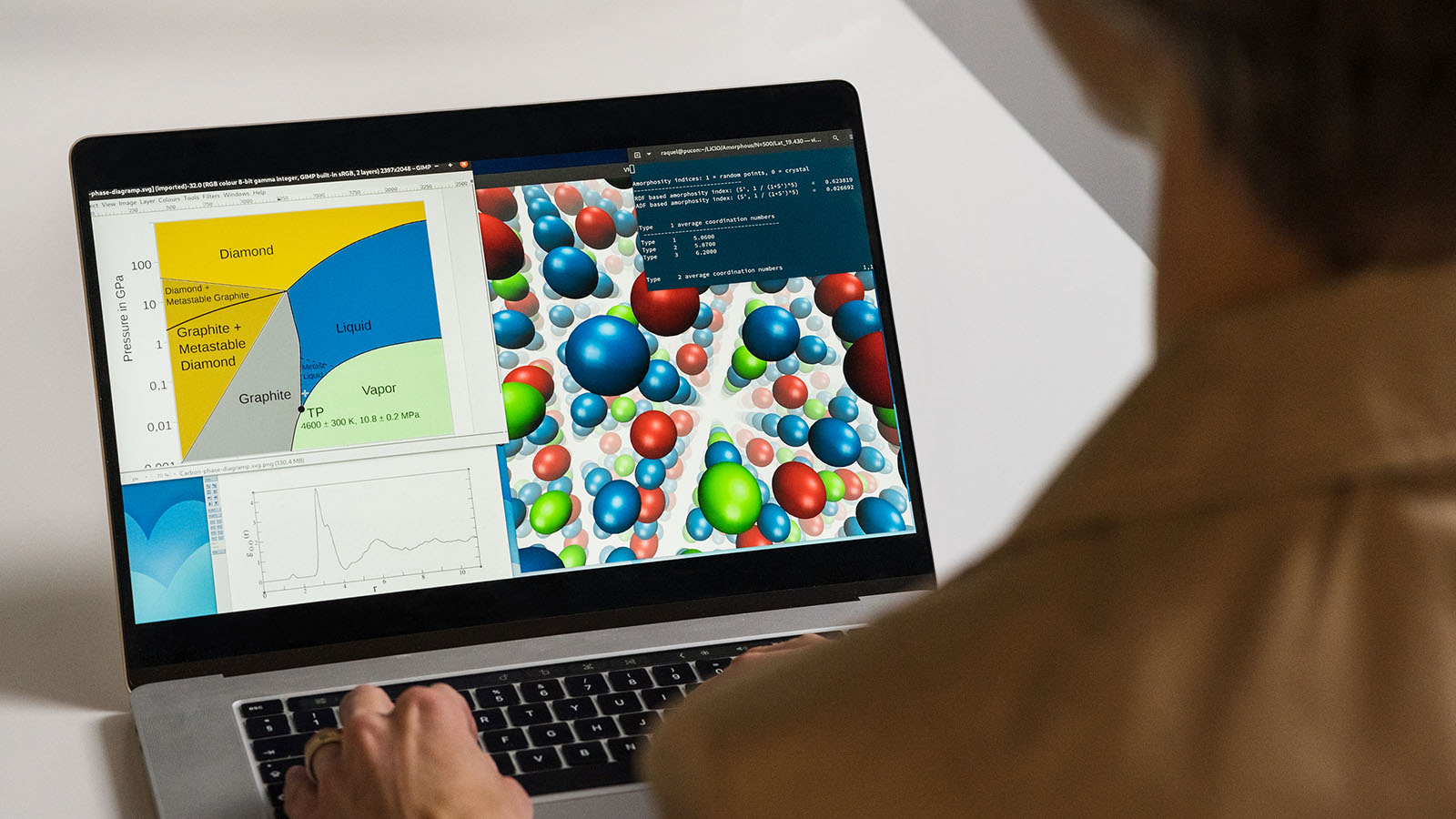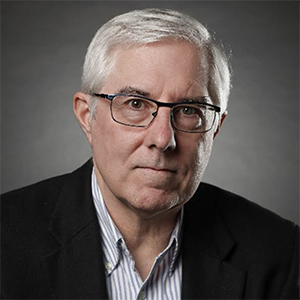A Screwy Theory on the Edge: Origins of High-Temperature Strength Retention in BCC High Entropy Alloys
Hillert Materials Modeling Colloquium series XXI

Professor William A. Curtin presents a parameter-free theory for the strength versus temperature of Refractory body-centered cubic (BCC) High Entropy Alloys – promising materials for high-temperature applications. He points out that edge dislocations are strengthened in complex alloys due to the large energy barriers, to the point of being able to resist deformation as effectively as screw motion.
Time: Tue 2024-05-21 15.00 - 16.00
Video link: https://kth-se.zoom.us/j/61865183863 Meeting ID: 618 6518 3863
Refractory BCC High Entropy Alloys (HEAs) are multicomponent, high concentration, random alloys in the elemental family Cr-Hf-Mo-Nb-Ta-Ti-V-W-Zr. Alloys such as MoNbTaW and MoNbTaVW have exceptional retained strengths of 400-500 MPa up to the very high temperature of 1600C. The mechanistic origin of these outstanding properties has not yet been understood, in spite of extensive experimental studies of these and related alloys. Strengthening in BCC metals and dilute alloys has long been understood, and observed experimentally, to be entirely controlled by the motion of screw dislocations.
Here, we present a parameter-free theory for the strength versus temperature of BCC HEAs based on the motion of edge dislocations through the random energy landscape created by the composition fluctuations in complex alloys. The heresy of claiming that edge dislocations control strength is supported by theory and simulation demonstrating that edge dislocations are immensely strengthened in complex alloys due to the large energy barriers, becoming competitive with screw motion.
Predictions of the edge theory agree well with direct large-scale atomistic simulations for a range of model alloys and, moreover, with experiments on MoNbTaW and MoNbTaVW up to T=1600C and other alloys. Linear elasticity can reduce the edge theory to an analytic model with computable inputs that enables computationally-guided search and design for new alloys over millions of compositions. Combined with thermodynamic assessment and models for ductility, a number of attractive new compositions high-temperature alloys are identified.
Kontakt
